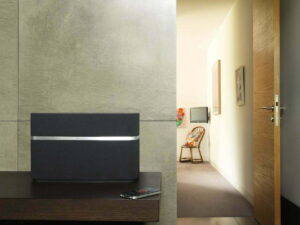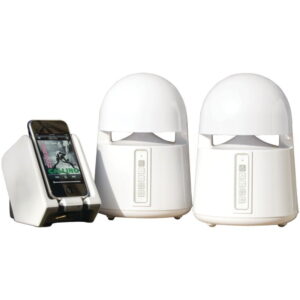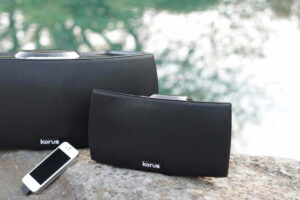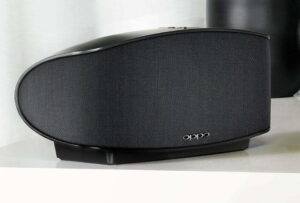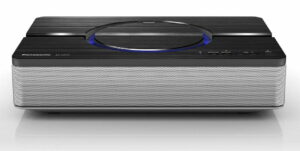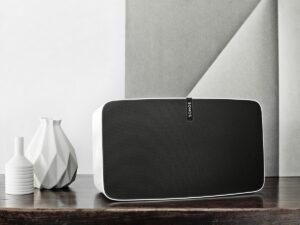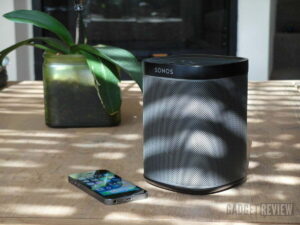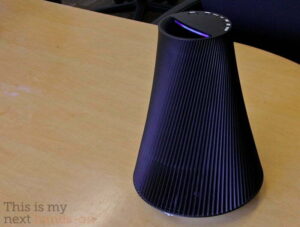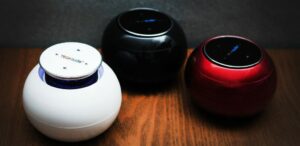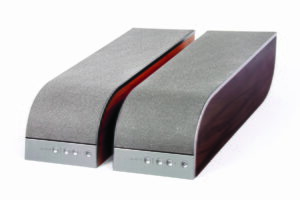There aren’t a whole lot of speaker systems that have me grinning from ear to ear. But that’s anything but the case with Sonos. Earlier this year, in the summertime, to be more exact, the company introduced the Sonos Play:3. At the time I didn’t think too much about the wireless speakers. I tested out their Play:5, and while I was relatively impressed I just didn’t see the versatility. However, after spending countless hours piping all my music through the Play:3 I can say that I’m no longer an Airport Express fan, but a converted, card-carrying Sonos fanatic. This is one of the top-rated Bluetooth speakers that you can find on the market. Although, you could compare Apple Homepod vs Sonos One to see who the real winner is.
Read: SONOS Play 5 review
So what separates the Play:3 from the Play:5 is that it’s smaller; $100 cheaper ($399 vs $299); and sports 3 speakers instead of 5. The latter caveat aside, they can now be easily be placed anywhere, such as on the top of a cabinet, on a shelf, by a bedside, or in a variety of other places that the Play:5 may have proved to be too large. And while the Play:3 packs fewer speakers, which in turn means a bit less oomph in the sonic department, you can combine two of them and switch into stereo mode. Furthermore, a built-in sensor can detect when they’re placed vertically, ideal for stereo speakers, and will adjust the sound accordingly. But that’s not the only thing that makes the Play:3s one of the most convenient speaker packages for your entire home. You may also want to check out the Sonos Play1 review for a compact and tight Bluetooth speaker.
Like all of Sonos’ speaker offerings, the Play:3 is very easy to set up and operate, making it an excellent wireless speaker. As with the Play:5, you can plug the Play:3 directly into your home’s router using an Ethernet cord. But if you’ve got more than one Play:3 or a desire to place it outside of the router’s general proximity, you’ll need to invest in Sonos’ Zone Bridge. The Bridge, which now costs $49 ($50 cheaper since my Play:5 review), plugs into your router and wirelessly connects all Sonos players in your home to your network, allowing you to control each Play:3 independently or as one set of speakers. On the converse, without the Zone Bridge, you’ll be dragging Ethernet cords around your home and thus defeating the simplicity and ultra-easy setup of the Sonos Play:3s. However, keep in mind that you’ll need an electrical outlet to power each Play:3 so where you place them will depend on that. Check out our SuperTooth Disco Bluetooth speaker review for a battery-powered speaker that can stay on standby for two whole months.
Once the hardware is in place, it’s as simple as downloading the app to your computer, iPhone, iPad, or Android device. A step-by-step process instructs you how to add each Play:3 to the network and once each Play:3 has been added to the Zone Bridge, additional controllers (iPads, the Sonos remote) can control any Play:3 by pairing it with just the Bridge. To do this you simply fire up the iPhone or computer app, hit the connect button on the Bridge, and within seconds you’ll be up and running. But, Sonos has been remiss to issue a lockout feature. And by that, I’m referring to a master account that would allow you to administer who can control what speakers. So, as of now, anyone with access to the Zone Bridge can control any speaker in any room. Take for example if you’ve got kids or roommates. They can pipe tunes at any volume into your bedroom, living room – anywhere you’ve got a Play:3 – at any time. Catch my drift?
Okay, so the chances of someone launching a malicious audio attack on you at an odd hour of the night will probably be few and far between, but if they do, consider yourself awaken. The Sonos Play:3 sonic capabilities are solid, especially all things relative to their size. However, they won’t produce the deep lows you might have come to enjoy from a standalone iPod dock, such as the Fluance or Beatbox, but again given their rather diminutive size and amazing versatility and simplicity, the Play:3 is the undisputed champ of wireless music.
Now, when it came to setting up music on the Sonos Play:5, at least as far as I recall, it seemed to be a bit more of a cumbersome process than compared to the Play:3. Yes, you’ll still have to enable the same file-sharing permissions on your computer if you wish to stream music from its hard drive to the Play:3. And the same steps apply to adding a NAS to the setup. But I skipped all that since I no longer use locally stored tunes on my computer or iPhone, and have now switched entirely to Spotify and Pandora. To access any of these services, and others like it, you’ll have to register your Sonos device (make sure you do this otherwise you’ll be locked out of the music services as I discovered). Once registration is complete, all the music services that your heart desires will be available. You’ll also be able to define your location such that you can access all of your local radio stations, though you won’t need to register your Play:3 to do this. And because one or all of your Play:3s are considered one device, you can stream different songs or albums to each Play:3 installed in your home, with, as far as I can tell, no cap from services that only allow one stream at a time, such as Spotify.
The Sonos Play:3s aren’t cheap; $300 a pop. But when you consider your other options, such as Apple’s Airport Express and the cost of investing in self-powered speakers, you’re probably on par if not above the cost of a Play:3. So fair to say, that the Play:3s are a cost-effective measure when it comes to outfitting your home with music throughout. And in the event you already own many speakers, I suggest that you take a look at Sonos’ other wireless offerings.
So, if you can’t tell, I’m not looking forward to returning the Sonos Play:3s. I’ve fallen in love with their versatility, and convenience and although they don’t kick out the deepest of bass, it is easily a caveat I can overlook in light of their small size and heavy feature set. The iOS app continues to be top-notch, and is so easy to operate I’m confident my parents could even figure it out. The $300 price tag might prove a deterrent for some, but when you consider the alternative, it’s actually an affordable, streamlined solution that won’t beat any time soon.
Editor’s Rating:
[rating:5/5]
Perfect
Bottom Line: The Sonos Play:3s deliver seriously good sound in a small package with an unparalleled feature set not seen by any other speaker company I’ve tested. They’re a bit pricey but when you consider your other options, they’re actually affordable.
Pros:
- Ultra easy to set up and use – iPhone app is intuitive
- Easily add music to any room without the wires
- Great sound quality for their size
Cons:
- Don’t deliver room-shaking bass
- $300 a speaker
- Still need to buy a box to connect them to your home’s wireless network
[nggallery id=158]
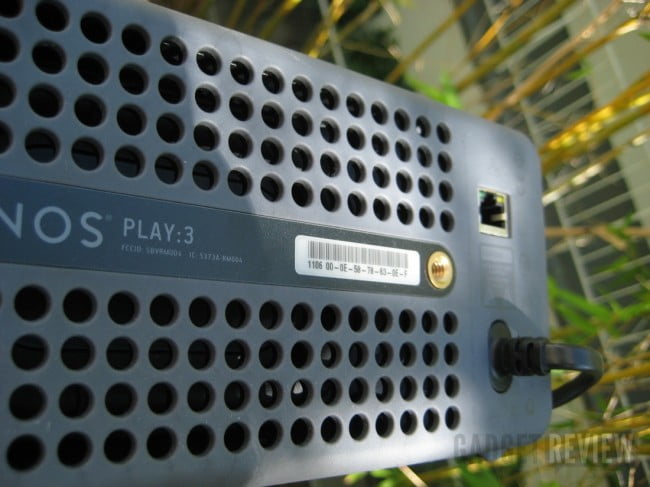
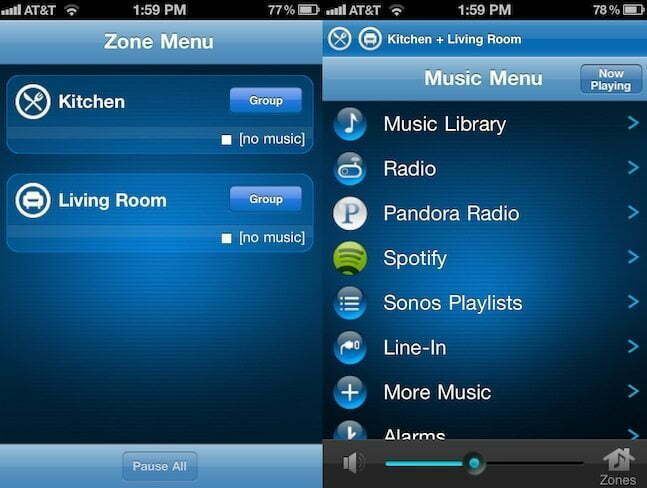
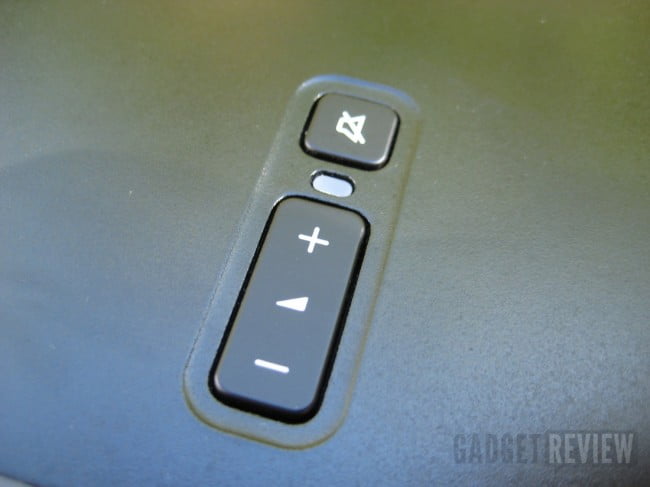
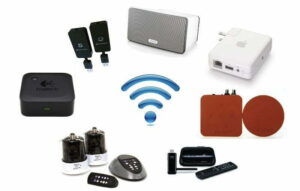
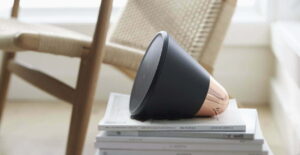
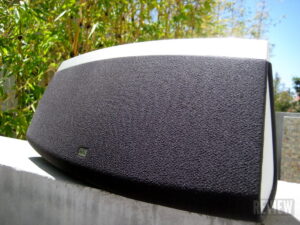
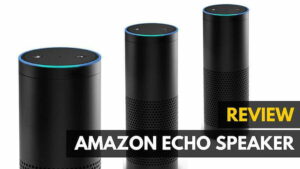
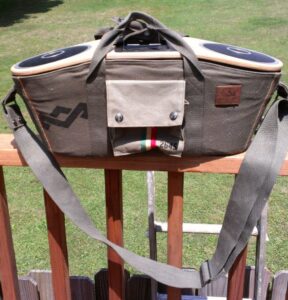
![Best Wireless Speakers in [year] 6 The top wireless speakers - not Bluetooth.|A top wireless speaker from sonos](https://www.gadgetreview.dev/wp-content/uploads/best-wireless-speaker-300x169.jpg)
